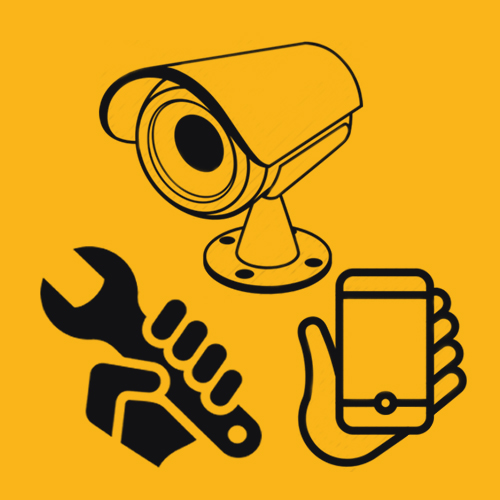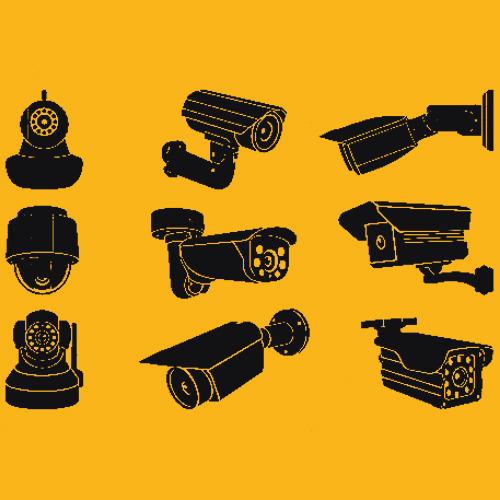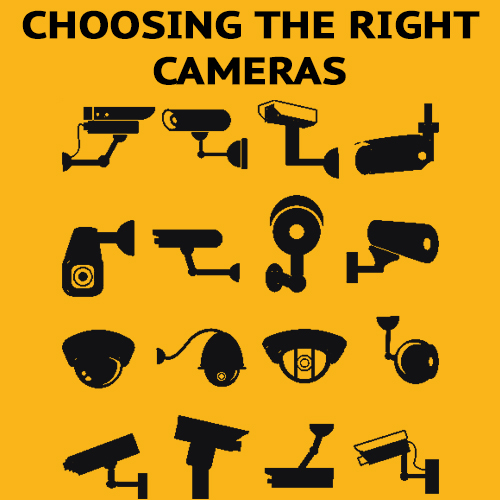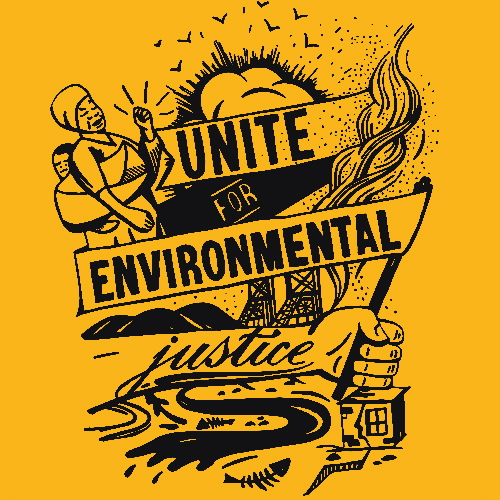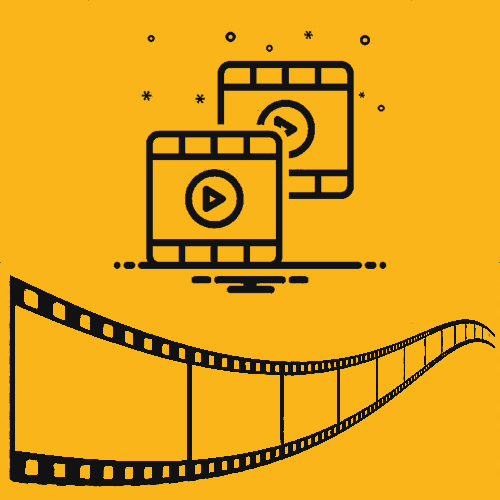With many warehouses storing large quantities of expensive products, it is no surprise that the addition of a CCTV warehouse installation can bring countless benefits.
UK CCTV Installations specialise in providing industry-leading CCTV installation to all types of small, medium, large and industrial warehouses. Working to prevent theft while also improving safety and productivity, their installations in warehouses are carried out by more than 90 teams nationwide.
So why do warehouses need CCTV, and is it really worth the cost? Here’s everything you need to know.
Benefits outweigh the cost
While CCTV may be reasonably expensive to install, the benefits it can bring outweigh the costs by far, and in many cases, work to recover their installation costs and save money which would otherwise be lost. Working to stop stolen stock, highlight issues in the workplace and monitor productivity, warehouses are able to function more smoothly and professionally when CCTV is in place. This quickly saves money and begins to pay back the outlay of money required for purchasing and installation.
Warehouse CCTV to prevent theft
Warehouse CCTV to prevent theft
Whether you have high price items in you warehouse or less expensive products, missing stock can cause havoc throughout the supply chain. Having visible cameras is often enough to deter burglaries alone when visible. In addition to this, using the cameras can work to quickly flag issues and even call police to the warehouse, catching criminals in the act should they attempt to steal. If burglars are able to get away with any items from the warehouse, cameras should be able to create usable imagery to help identify the culprits, recording footage which can be passed on to the police or insurance companies to recover lost items.
Using CCTV to monitor staff
Using CCTV to monitor staff
Having CCTV present works to increase productivity in warehouses, with staff being aware of its presence and making sure they are not seen to be wasting time. Management can monitor CCTV closely to highlight particularly hardworking members of a team or see which members of staff are not performing as they should be. By doing this, the standard of work is generally higher.
Areas such as loading bays, packing areas, secured cages and entrances or exits can create footage which shows all activities of staff, helping to track processes and efficiency. In addition, with the knowledge that each of the necessary areas is covered by CCTV, staff are able to focus more of their attention on other responsibilities, often increasing the speed at which tasks are completed.
CCTV enhances safety
CCTV enhances safety
Creating a sense of safety and peace of mind, the general working environment can be better with workers knowing they have people watching. This can be particularly beneficial if staff are working in small teams or are on their own at night. Knowing they have management or surveillance staff ensuring they are safe throughout their shift can help them to perform to their best ability. Similarly, if there is an incident, or a member of staff is hurt, this can quickly be seen on the CCTV, meaning assistance can be sent.
Setting up a CCTV system
Setting up a CCTV system
The first decision when setting up a CCTV warehouse system is to decide the areas of coverage. By pinpointing areas to focus on, or outlining large areas, or even entire warehouses to monitor, you can then purchase the required equipment and follow the activity in your chosen areas from one central location.
Powering cameras and transmitting data are two vital parts of any CCTV system, and without planning these effectively, the cameras themselves can be rendered useless. Using high quality cables and locally powered cameras can create impressive results, with low smoke, zero halogen, fireproof cables enabling the transmission of video signal up to 500 metres without the need for separate power provisioning. You can also use this to record on four different cameras and transmit the images through one single cable, making installation easier and reducing the number of cables needed for setup.
Know your CCTV warehouse requirements
Know your CCTV warehouse requirements
Different types of camera can be best suited to different tasks. For example, some warehouses may require CCTV to be of a small, set area, whereas others may require the entire warehouse to be covered. The various areas of a warehouse can each have specific requirements for CCTV, for example a packaging section, a loading area or even the exit where delivery vans depart.
Choosing the right cameras
Choosing the right cameras
It is important to choose CCTV which meets your needs. Points to consider when deciding on a camera include the amount of zoom a camera is able to provide, as this can make a large difference when it comes to identifying specific people or items. If you are looking to identify people you are familiar with, you may require less picture quality, however if you are looking to capture imagery of strangers, you will need high resolution imagery and video footage for this to then be used for its purpose.
Similarly, you need to think about the area to be captured. A wide-angle lens can be best suited to monitor people’s movement, meaning their activity can typically be caught on one camera, rather than multiple ones. Varifocal cameras enable you to set a range during installation, meaning you can zoom in and out manually to an extent, seeing this range of movement in high quality.
Cameras are best utilised when used for the purpose they were designed, and because of this, many warehouses benefit from using a combination of cameras. This can include zoomed in cameras in entry points, so they are able to zoom in on people’s faces or vehicle registration plates for recognition, and wide angle lenses to monitor the entire warehouse and general movement of staff.
Consider the environment
Consider the environment
You should also consider whether the cameras will always be in well lit environments, or if they will be required in the dark. If they are being used for security and the lights are turned off overnight, they will not serve their purpose. For warehouses that need to capture video in the dark, infrared or cameras designed specifically to work in poorly lit conditions are available. You should also bare the warehouse conditions in mind, using waterproof cameras where necessary, if it is expected they will be in damp conditions or outside as an external camera.
How warehouse CCTV can impact a team
How warehouse CCTV can impact a team
A well-designed CCTV warehouse installation enables staff to keep a close watch when it comes to everything happening in the warehouse. Specific staff should be given access to review CCTV, meaning security remains high and only the chosen members of staff are able to view it. Warehouse management can have peace of mind, without the worry of cargo being taken from their warehouse when it shouldn’t.
The main impact of having CCTV is the ability to understand and streamline processes, flagging potential problems and helping to ensure the safety of all products or stock in warehouses.
The addition of CCTV in a warehouse can also reduce the cost of security staff, meaning you no longer need multiple people in the warehouse 24/7 to protect it. As well as being viewable on CCTV monitors in the warehouse, many CCTV systems can be accessed remotely using the internet. It can even be set up so there are alerts when the CCTV detects movement in the warehouse, helping to keep it safe and under surveillance around the clock. Because of this, even in the event of a security lapse or an intruder, you are able to see what happens in the warehouse and act accordingly.
Setting up an out of hours monitoring service can enhance a team, calling specified key holders and police when an incident is picked up through remote monitoring, without the need for these people to be in the warehouse.
Footage which lasts
Cloud-based storage now means that warehouses are able to store video footage and imagery, which is captured for potentially unlimited amounts of time. Because of this, management teams are able to recall footage, which can be neatly organised for easy location, recalling moments from a long time back in history if required and creating permanent records.
This can be of particular use when it comes to validating health and safety litigation claims, stopping people claiming falsely or unfairly with recorded footage as evidence to back up events. In addition, it can also aid the preparation of necessary legal or health and safety documentation, for example, demonstrating that GDPR has been complied with, working as an installation method statement and assisting the logging of ICO or health and safety risk assessments.
UK CCTV Installations are able to facilitate the planning, installation and maintenance of CCTV for all sizes and types of warehouse. For more information, visit www.ukcctvinstallations.co.uk.
Get a Quote!
Call us now on 03453 11 99 11 to speak to one of the Installations manager





